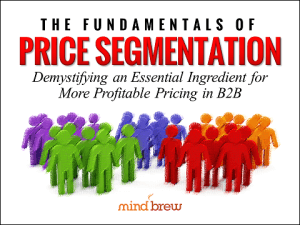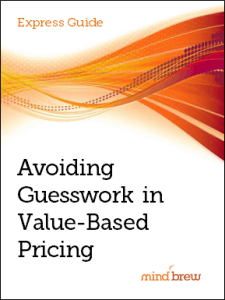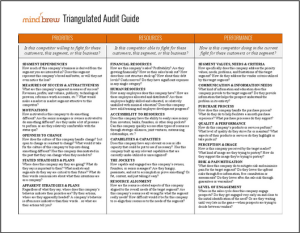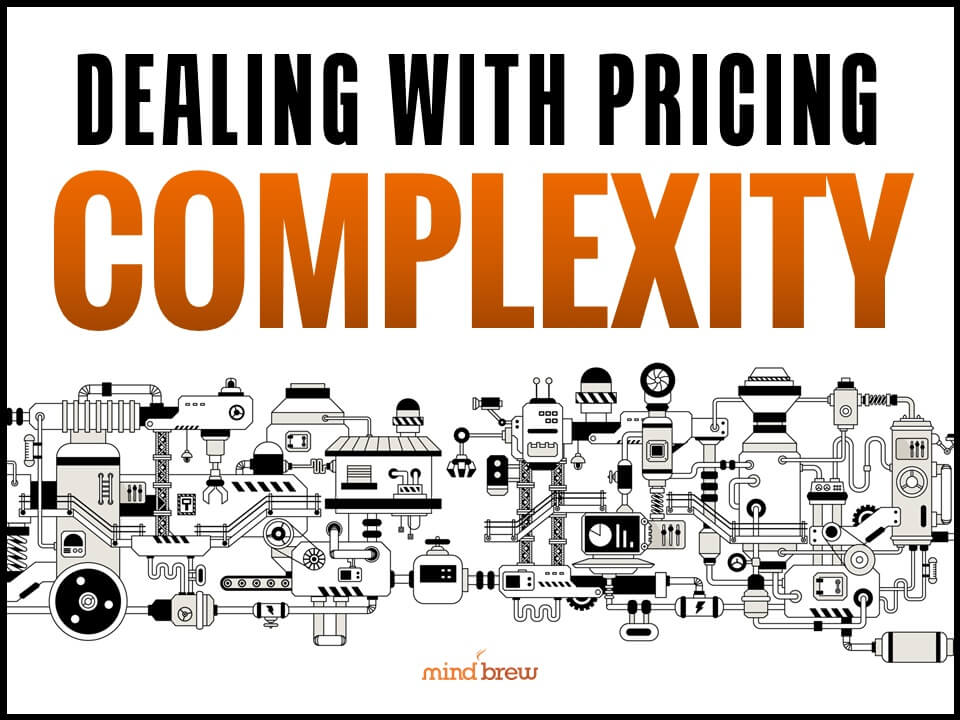I know that the term “existential” is sorely overused these days. It seems like everywhere we turn, someone is yelling about yet another “existential issue” that demands our undivided attention, immediate action, and…of course…the biggest investment we can muster. So I get why the term might seem a bit cliché or trite.
Nevertheless, I do believe that it’s accurate and appropriate to characterize price segmentation as an existential issue in B2B environments. Here’s why…
As we discuss in the Golden Rules of B2B Pricing webinar, the customer composition of most B2B markets is highly defined or limited, while also being fairly static or fixed in the near term. In other words, there are currently only X number of companies who can actually buy what we sell to any meaningful degree. And because it takes so long for reasonably successful companies to be created and developed, our limited number of potential buyers isn’t likely to be growing significantly year over year.
In fact, if acquisitions and mergers are rampant in our particular sector, we might find that the number of companies we can sell to is actually going down over time!
As B2B pricers, we have to make the most of this limited resource in front of us, while at the same time, mitigating the risk of losing that resource we’re trying to exploit to the fullest. We have to maximize the profit we’re generating from the limited number of customers we’re engaging with, while minimizing the risks of losing those customers. Because again, there just aren’t a lot more customers waiting in the wings to replace any customers we might lose.
And if we’re employed by a manufacturer, we likely have the additional burden of trying to maintain unit volumes as well as retaining the customers themselves, due to the cost ramifications of lower production volumes.
So…what is the thing that enables us to do all of this, systematically and at-scale? What is the fundamental pricing structure that allows us to maximize revenue and profit while minimizing the risk of customer defection and unit volume loss?
That’s right…a robust price segmentation model.
Now, for a more complete explanation of price segmentation models and how they work in B2B environments, please take a look at the training sessions listed at the end of this article. But in a nutshell, a properly constructed price segmentation model is a bit like a map, showing all the different pockets of price sensitivity and willingness-to-pay in our specific marketplace and describing where, when, and under what circumstances we can price a little higher with little or no risk of losing customers or unit volume.
And more sophisticated price segmentation models will go even further; measuring the response dynamics in each pocket or segment, so that price/volume/customer tradeoffs and risks can be estimated and quantified in advance of price changes. This level of segmentation model can actually recommend the specific prices that will best achieve our profit, revenue, and volume objectives, all at the same time.
Ok…so…a robust price segmentation model is extremely valuable and offers tremendous benefits. Great! But what makes it an existential issue in B2B?
First, it’s just a fact that businesses need to make money to survive. B2B companies in particular tend to require a lot of money just to continue operations. And to invest at least as much as our competitors in further development and growth, we’ll need profits well over and above our day-to-day operational needs. If we price to avoid customer defection and volume attrition risk entirely, taking no steps whatsoever to maximize contribution margins and net profitability, we could start a financial performance death spiral that’s impossible to recover from.
In the immortal words of the late Bill Paxton in the movie Aliens, “Game over, man!”
Beyond that, remember that most B2B markets are defined markets; they’re limited resources; they have a finite or very slow-growing number of potential customers to sell to. This means that whenever we do decide to take action to maximize profitability through price, we don’t have a lot of room for error. If we’re too heavy handed or too generic and broad in our approach, and we price far too aggressively where we shouldn’t, we could end up bouncing irreplaceable customers and start a customer defection death spiral that’s impossible to recover from.
Again, game over!
On one hand, we have to maximize profitability or we’re dead. On the other hand, in maximizing profitability through price, we have to be precise about it or we’re dead. A robust price segmentation model is the most powerful and effective tool for dealing with both of these deadly B2B dynamics that threaten our very existence.
Ipso facto…it’s an existential issue. I rest my case 🙂
















